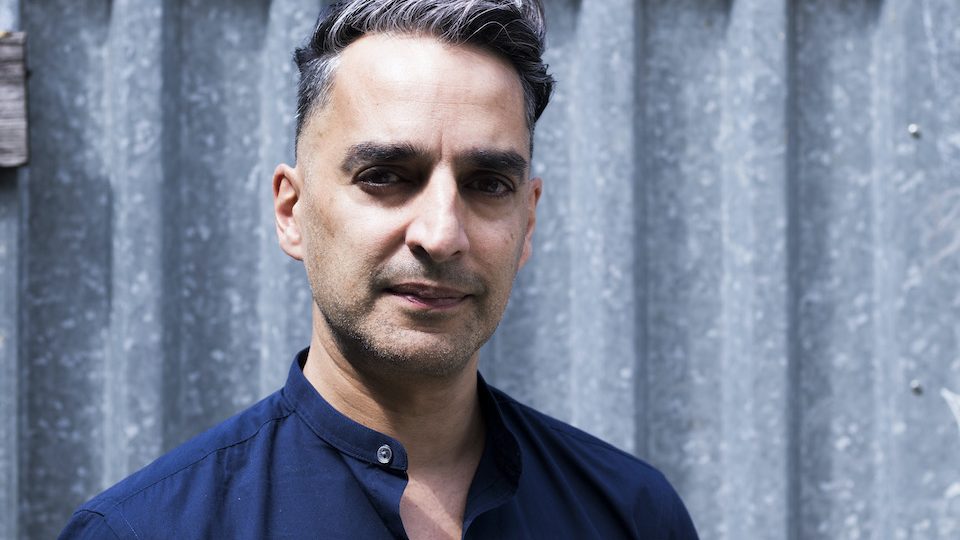So-called “news avoidance” is routinely cited as a key factor in the multi-crisis facing the business of journalism, but it is not clear to me that there is a definitive understanding of what “news avoidance” actually means, and who is responsible for it.
Of course, the truth is that it is a complex and nuanced phenomenon with no single cause or solution, but that is inconvenient for an industry which craves simple answers – particularly ones which do not require that industry to change its behaviour in any way.
I am not convinced “news avoidance” is even the right term, because it may well be stopping us from understanding the real issues at play here. It puts the blame on users, implying that they are not engaging because they are not interested or they find the reality of the news too “raw”.
However, my news storytelling R&D over the last three years has shown that people desperately crave information that orientates them in the world and helps them understand it. They are crying out for journalism that fulfills a “sensemaking” role for them, but end up disappointed.
These are “frustrated sense seekers” rather than news avoiders. They are making a rational decision not to consume our products. That failure is on us, but it also means there are opportunities to address that frustration – largely by telling different stories in different ways.
There are news organisations that are taking this responsibility seriously, and transforming how they produce and deliver their journalism to better meet the needs of these “sense seekers”.
Ritvvij Parrikh, senior director of product at The Times of India, stopped me in my tracks when he told me, “We’ve switched from serving the SEO bots to serving people”. That one sentence neatly encapsulates both the problem and solution when it comes to building sustainable journalism. Part of what that means is producing less journalism, focused on greater engagement.
Sam Joiner, head of visual storytelling at The Financial Times, also picked up on that theme, highlighting how they prioritise “Quality Reads” (deep engagement with the journalism) rather than simple clicks.
Both organisations are taking innovative and flexible new approaches to storytelling, some of it drawing on the reflectiveand modular journalism work I developed through the Clwstwr programme. While most “digital journalism” right now is essentially just newspaper articles on the web, The Times of India and FT are experimenting with approaches such as Newscards and Narrative Accordions that provide information in imaginative ways to suit the preferences of digital users.
Joiner at the FT says, ultimately, “keeping subscribers happy is the primary objective. I would hope most paywalled newsrooms are aware of that now, and focus on quality over quantity and depth over speed”. The Times of India has already seen the success of its user-focused storytelling through metrics which show higher paid views, users and comments. These are now a central part of its subscription product, TOI+.
Both Parrikh and Joiner hint at how the legacy business model of journalism may in fact be the root cause of news avoidance. Both subscription products are increasingly focused on providing more context and understanding, rather than the SEO optimisation and simple clicks demanded by a programmatic advertising model. For both organisations, this is about being in it for the long term, and prioritising sustainability.
As Professor Justin Lewis, former head of school at Cardiff University’s Journalism School and now Director of Media Cymru puts it, “the business model of newspapers was to create something with a very high level of built in obsolescence, which allowed you to sell them as often as possible – the cliché of yesterday’s news being tomorrow’s fish and chip paper. But yesterday’s news is often really important and useful and we might want to remember it. What it feels like we’re moving towards is something genuinely focused on the needs of users and what they care about”.
The demand for greater context and value from journalism, to mitigate against “news avoidance”, actually points to a need to redefine what “news” is. Recently, a crash on the M4, in which one person had died, was the top story on websites where I live in Wales.
Of course, that was tragic and it is what most people would regard as “news”, but what value did that information have for users? Essentially, it was hollow content – the kind that someone might click on out of curiosity but provides no “sensemaking” at all. It might be news, but is it journalism? Is it the kind of content that will build loyalty and trust, or is it just the equivalent of empty calories?
Proposed solutions to news avoidance often involve vague references to “news literacy” or magic wand “technical solutions”. However, it is clear that the organisations having genuine success in engaging and retaining users are the ones who understand that the real answers lie in editorial transformation and innovation and new business models.
By leaning into sensemaking, they are creating sustainable journalism built on both values and value.
Shirish Kulkarni is an award-winning journalist, research and community organiser with more than 25 years of experience.

